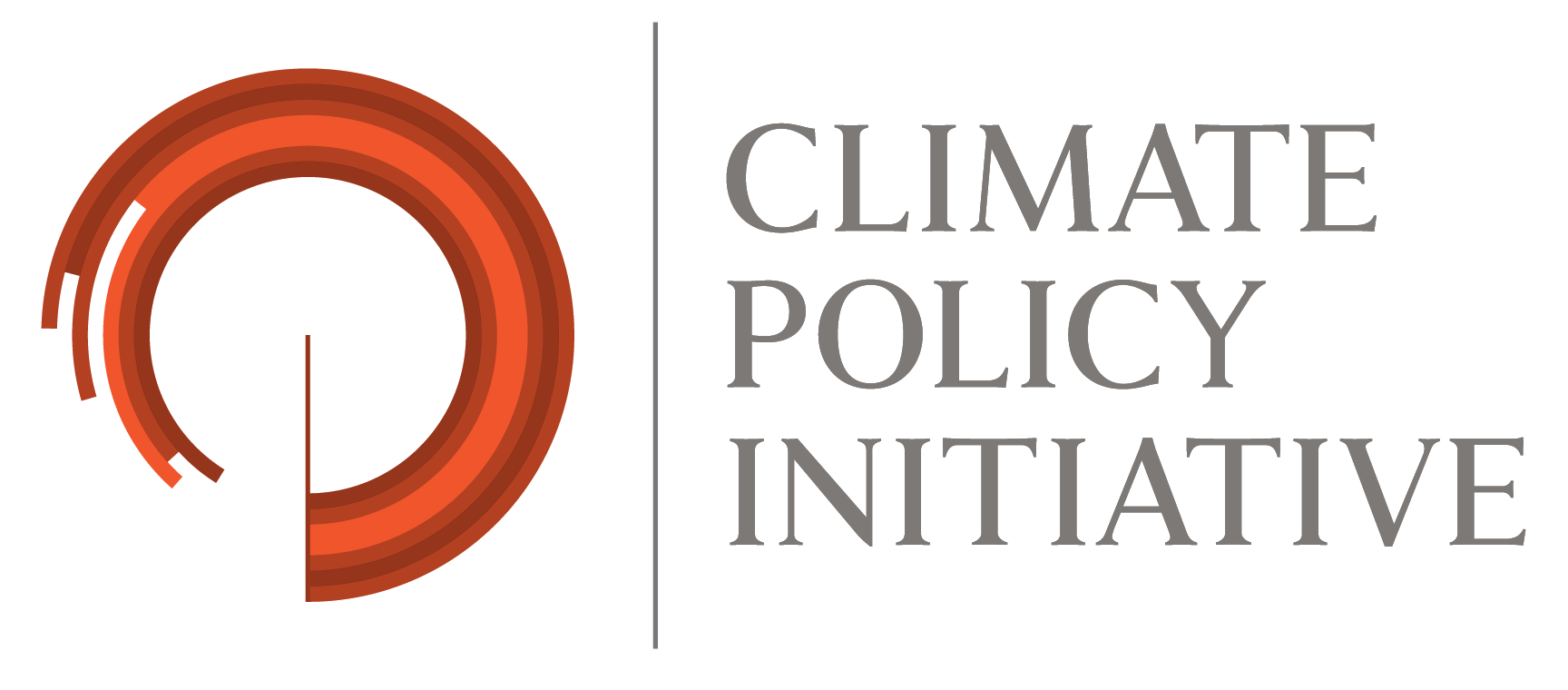Lanskap Pembiayaan Iklim
Data yang jelas tentang aliran pendanaan iklim di tingkat global dan nasional sangat penting untuk menjaga momentum Perjanjian Paris. Jika tidak, sulit untuk mengidentifikasi kesenjangan, mengukur kemajuan, dan mengoptimalkan penyebaran sumber daya publik dan swasta untuk membuat pendanaan yang konsisten dengan tujuan iklim.
Lansekap Global Pembiayaan Iklim CPI memberikan tinjauan paling komprehensif tentang sumber dan instrumen keuangan yang mendorong investasi dan berapa banyak pendanaan iklim mengalir secara global dan ke sektor mana. Metodologi Lansekap kami yang kuat telah diterapkan di tingkat nasional di 22 negara, termasuk mulai bekerja dengan pemerintah India, Indonesia, Brazil, Kenya, dan Afrika Selatan untuk melengkapi strategi pembiayaan NDC mereka. Ini juga telah digunakan di sektor-sektor kritis yang membutuhkan lebih banyak pembiayaan, termasuk penggunaan lahan, adaptasi, akses energi, dan keuangan energi terbarukan.
Pekerjaan kami, yang diawasi oleh Kelompok Pelacakan Keuangan yang selaras dengan Iklim, memengaruhi Perjanjian Paris, dan terus digunakan oleh UNFCCC dan Klub Keuangan Pembangunan Internasional dalam diskusi pembuatan kebijakan.
Karya unggulan
Siaran Pers
CC Facility awards nearly USD 1 million in grants for climate finance solutions in Asia and Africa
The selected projects include the Southeast Asia Blue Innovation Facility (SEA-Fund), the Regenerative Capital Fund (ReCa), and the FTB Green Credit Facility.
Publikasi
Global Landscape of Climate Finance 2025: EMDE Spotlight
Finance for emerging markets and developing economies (EMDEs) is key to combating the global climate crisis and driving sustainable growth. The Global Landscape of Climate Finance 2025: EMDE Spotlight reveals how these economies are mobilizing climate investment and identifies the opportunities, policies, and financial innovations needed to accelerate a just, global transition.
Pekerjaan terbaru
Publikasi
The South African Climate Finance Landscape 2025
The South African Landscape of Climate Finance 2025 offers the first biannual update of national climate finance flows, analyzing how funds are mobilized, channeled, and deployed across sectors. It provides evidence to help policymakers, investors, and partners scale, coordinate, and target finance more effectively to drive South Africa’s Just Transition and development goals.
Publikasi
Where Does Brazil Stand with the Implementation of the Forest Code? – 2025 Edition
A new publication by CPI/PUC-Rio presents the executive summary of the report “Where Are We in the Implementation of the Forest Code?”, which provides an updated overview of the status of CAR and PRA implementation in all Brazilian states.
Publikasi
The Forest-Climate Nexus for the Brazilian Amazon
CPI/PUC-RIO and AmazON 2030 show how the RDM can boost the Amazon’s economy by turning degraded areas into opportunities for revenue and sustainable development.
Data Visualization
Data Visualization (The Forest-Climate Nexus: A Fit-for-Purpose Framework for Climate Impact)
Study by CPI/PUC-RIO presents a financial architecture tailored to meet the different realities of tropical forests across the world, and proposes a Reversing Deforestation Mechanism (RDM) to fill a critical gap that would advance restoration and transform the role of forests from a climate risk to a climate solution.
Publikasi
The Forest-Climate Nexus: A Fit-for-Purpose Framework for Climate Impact
This study presents a financial architecture tailored to meet the different realities of tropical forests across the world, and proposes a Reversing Deforestation Mechanism (RDM) to fill a critical gap that would advance restoration and transform the role of forests from a climate risk to a climate solution.

